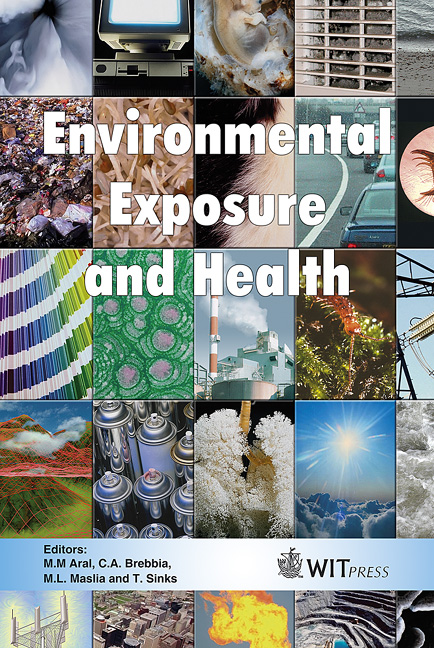Population Exposure To Atmospheric Pollutants: The Influence Of Urban Structure
Price
Free (open access)
Transaction
Volume
85
Pages
10
Published
2005
Size
486 kb
Paper DOI
10.2495/EEH050021
Copyright
WIT Press
Author(s)
J. Ferreira, H. Martins, A. I. Miranda & C. Borrego
Abstract
Air pollution is a major environmental health problem affecting developed and developing countries alike. Concern focuses not only on ambient air quality in cities but also in indoor air quality at home and the workplace. Unplanned urbanization and industrialization are causing deterioration of the environment and quality of life in the developing countries. Several studies evidence that the shape of a city and the land use distribution determines the location of emission sources and the pattern of urban traffic, affecting urban air quality, and consequently, human health. It is essential to assess the spatial distribution of air quality and its impact on human beings in urban regions. This work aims to estimate the impacts of air quality of city areas with different urban structures on population health. A methodology was developed to determine the population exposure in urban areas, combining information on air pollutants concentrations at different microenvironments and population timeactivity pattern data. This methodology was applied to imaginary cities, which were created, based on alternative urban planning strategies and considering different land use patterns: from the scenario of urban sprawl to the opposite scenario of a compact city with mixed land use. A mesoscale photochemical model was applied to estimate the air quality in the idealized cities. Relations between outdoor and indoor air concentrations were taken from the literature, since people spend most of their time indoors. It was considered that each city has the same population but it is differently distributed according to the distinct land use classes and microenvironment definition. Results indicate that city structure affects population exposure to atmospheric pollutants, by affecting not only urban air quality but also the spatial distribution of people in the city, related to their time-activity patterns. Although compact cities provide better air quality compared to disperse cities, they have greater exposures and thus higher health risk, due to the higher population density. Keywords: air quality, city structure, population exposure.
Keywords
air quality, city structure, population exposure.




